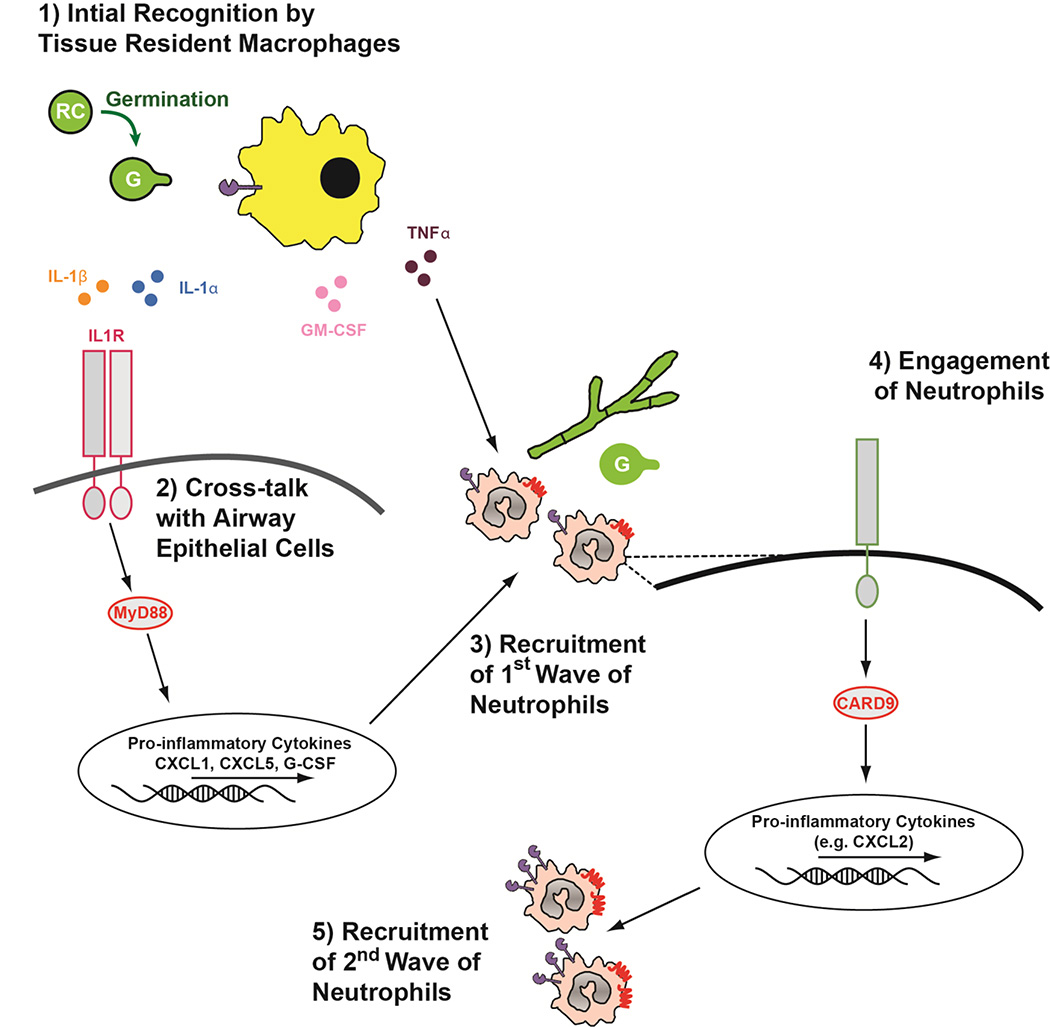Figure 2. Biphashic neutrophil recruitment to the lungs in response to Aspergillus fumigatus.
(1) Upon entry into the airway resting Aspergillus conidia (RC) rapidly begin germination. Upon swelling and germtube emergence (G) tissue resident monocytes and macrophages recognize Aspergillus exposed carbohydrate cell wall components through an array of pattern-recognition receptors. These activated monocytes and macrophage secrete numerous inflammatory cytokines, including IL-1α, IL-1β, GM-CSF, and TNF-α into the surrounding tissue to initiateneutrophil recruitment. TNF-α may directly enhance neutrophil recruitment to the lung, while (2) IL-1α and IL-1b will mediate cross-talk with airway epithelial cells that express the IL-1RI. Through IL-1RI/MyD88-dependent signaling events airway epithelial cells produce CXCL1, CXCL5, and G-CSF. (3) These pro-inflammatory mediators drive the first wave of CXCR2-dependent neutrophil recruitment to the lungs. (4) Upon entry into the lungs neutrophil interact with the Aspergillus germtubes, which results in Card9-dependent, but Dectin-1 and Dectine-2 independent, signaling which results in the expression of CXCL2 by neutrophils. (5) Finally, CXCL2 drives the accumulation of a second wave of neutrophils to the lungs through a CXCR2-dependent mechanism. Neutrophils found in the lungs at later time-point also express higher levels of the CXCR2 receptor and Dectin-1.

